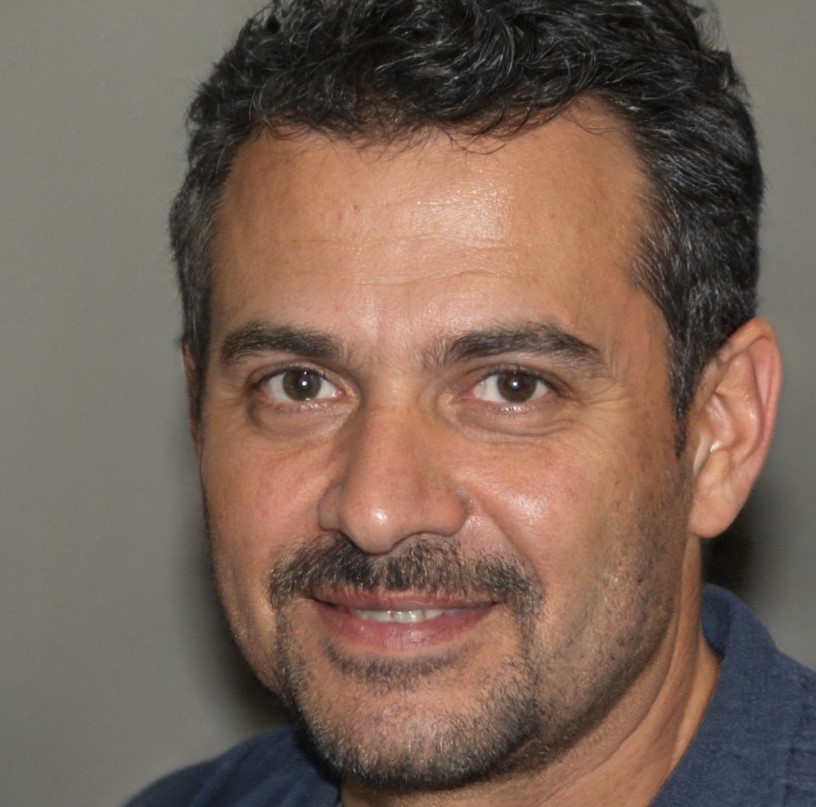🕒 Last updated on: August 14, 2025
Ai Weiwei: The Revolutionary Voice of Chinese Contemporary Art
Ai Weiwei stands as one of the most influential and provocative contemporary artists of our time. Born in Beijing in 1957, Ai Weiwei has spent decades challenging social and political norms through his art, activism, and unyielding commitment to freedom of expression. His work spans various mediums including sculpture, installation, architecture, photography, and film, making him a truly multidisciplinary artist whose impact extends far beyond the art world.

The Journey of Ai Weiwei: From Exile to Global Recognition
Early Life and Education
Ai Weiwei was born to poet Ai Qing, who was exiled during the Anti-Rightist Movement. The family spent 16 years in exile before returning to Beijing in 1976. Ai Weiwei later moved to New York in 1981, where he studied at Parsons School of Design and lived until 1993, absorbing Western art movements that would later influence his unique style.
Return to China
Upon returning to China in 1993, Ai Weiwei found a country undergoing rapid transformation. His early work in Beijing focused on conceptual art and criticism of the art establishment. He co-founded the China Art Archives & Warehouse in 1997, becoming a pivotal figure in China’s contemporary art scene.
Architectural Collaboration
In 2008, Ai Weiwei served as artistic consultant for the Beijing National Stadium, nicknamed the “Bird’s Nest,” for the Olympic Games. Though he initially supported the project, he later criticized it as a propaganda tool, showcasing his complex relationship with Chinese authorities.
Activism and Conflict
Ai Weiwei‘s outspoken criticism of the Chinese government, particularly regarding the 2008 Sichuan earthquake corruption, led to increasing tensions with authorities. His studio was demolished in 2018, and he has lived in exile since 2015, continuing his work from Portugal, the






